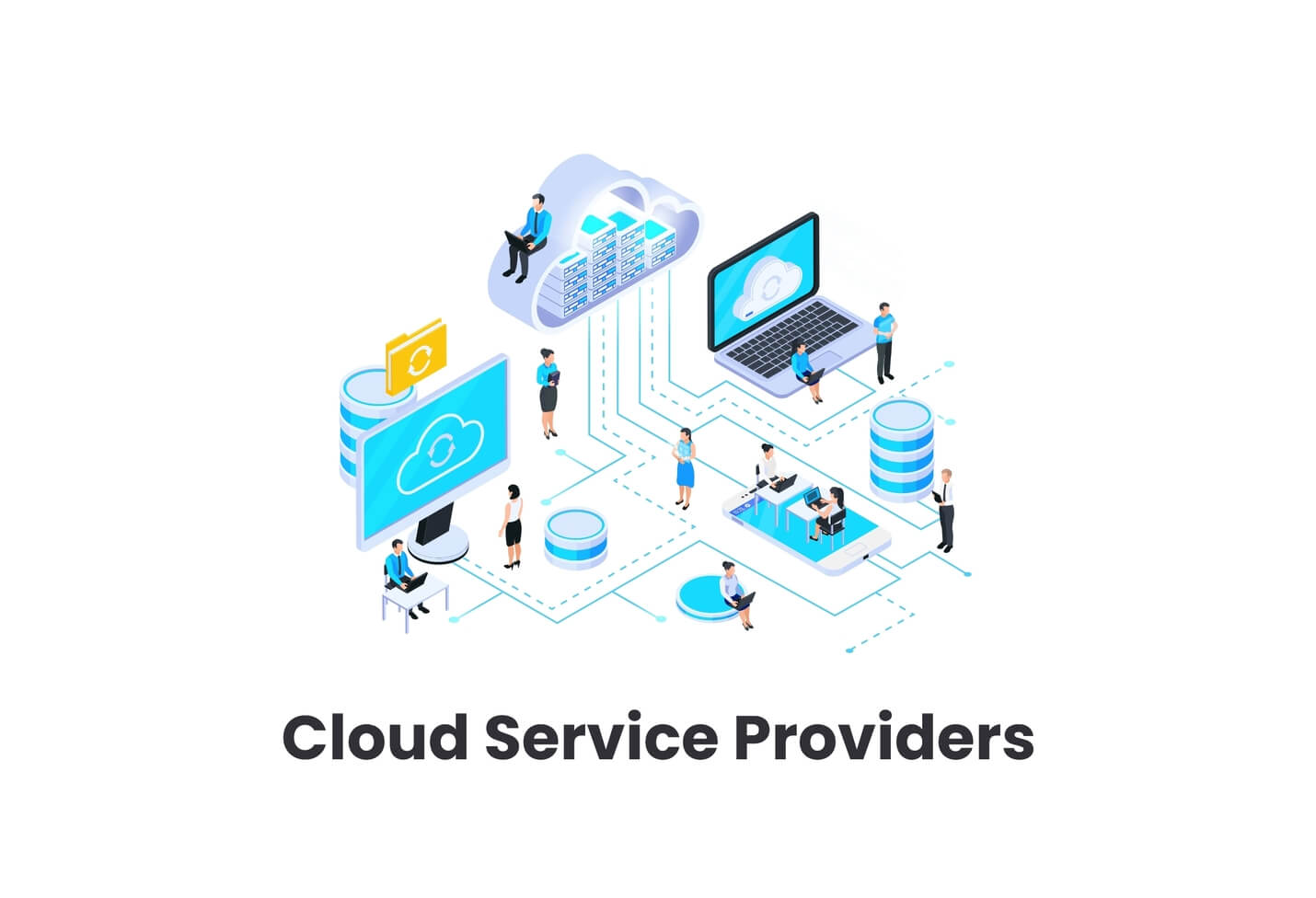Achieve Seamless Scalability With Cloud Provider
In the ever-evolving landscape of cloud services, accomplishing seamless scalability stands as a cornerstone for modern businesses seeking to stay affordable and adaptable. The ability to effortlessly increase or contract resources in action to altering demands is a pivotal benefit in today's fast-paced electronic environment. By understanding the art of scalable cloud services, companies can not just enhance efficiency and enhance procedures however also lead the method for future development and development. The mission for seamless scalability with cloud services reveals a world of opportunities for those prepared to embrace the transformative power of dynamic source management.
Benefits of Cloud Scalability
Cloud scalability supplies companies the flexibility to dynamically readjust resources based upon demand, guaranteeing optimal performance and expense performance. One vital advantage is the capability to range resources up or down quickly in response to fluctuating workloads. This dexterity allows organizations to fulfill transforming client demands without over-provisioning resources, ultimately bring about cost savings. Scalability also improves efficiency by guaranteeing that systems can manage increased web traffic or work without experiencing downtime or slowdowns. By effectively designating sources, companies can maintain high levels of efficiency throughout peak times without unneeded expenditures during quieter durations. In addition, cloud scalability advertises innovation and testing by permitting organizations to quickly examine originalities and range them as required. This flexibility urges a society of continual improvement and adjustment, making it possible for companies to stay affordable in a rapidly developing market landscape. Inevitably, the advantages of cloud scalability prolong past price savings to include improved performance, dexterity, and advancement.
Secret Functions for Scaling
Efficient scaling in cloud services depends on key functions that allow organizations to change sources dynamically based on need. One vital attribute for scaling is elasticity, permitting sources to scale up or down in response to varying workloads. This ensures that companies can satisfy performance requirements without over-provisioning sources. An additional key feature is scalability, allowing systems to deal with enhanced workload by including sources perfectly. This attribute is essential for accommodating growth without compromising performance. Furthermore, automation plays a crucial duty in scaling by automating the provisioning and de-provisioning of sources based on predefined policies. Automation reduces human treatment, improves efficiency, and makes certain rapid reaction to changing needs. Monitoring and analytics tools are additionally necessary for scaling, offering understandings into source utilization, efficiency metrics, and prospective traffic jams. These devices allow companies to maximize and make educated choices resource allocation for reliable scaling. Overall, these crucial functions collectively empower companies to accomplish seamless scalability in cloud solutions.
Implementing Auto-Scaling Techniques
To successfully enhance source allotment and adapt to differing work, organizations have to purposefully implement auto-scaling techniques in their cloud solutions framework. Auto-scaling enables systems to immediately adjust the number of calculate resources based upon real-time demand. There are different auto-scaling strategies that companies can utilize, such as anticipating scaling, which uses historical data to forecast future resource requirements, and responsive scaling, which replies to current work changes.

Finest Practices for Scalability
For companies aiming to enhance their scalability in cloud solutions, implementing best techniques is crucial for optimum efficiency and resource monitoring. One trick ideal practice is developing applications with a microservices design. This method breaks down applications into smaller, independent solutions that can be deployed, upgraded, and scaled independently, permitting higher adaptability and scalability.
Another important practice is making use of containerization modern technology, such as Docker or Kubernetes. Containers allow the product packaging of applications and their dependences into isolated devices, making it simpler to scale elements independently and release them continually across various environments.
In addition, executing automated deployment and framework as code (IaC) can streamline scalability initiatives (linkdaddy cloud services). Automation devices like Terraform or Ansible help in provisioning and handling sources successfully, lowering manual errors blog and making it possible for fast scalability
In addition, checking efficiency metrics, establishing up alerts, and conducting routine ability preparation are vital methods to guarantee aggressive scalability monitoring. By sticking to these ideal practices, companies can achieve seamless scalability in their cloud solutions while maximizing performance and source use.
Surveillance Performance Metrics
When analyzing the efficiency of review cloud services scalability, carefully keeping an eye on performance metrics is essential for making certain optimum functionality and resource allowance. By continuously tracking key efficiency indications (KPIs) such as response times, latency, resource, and throughput utilization, organizations can get important insights into the health and performance of their cloud facilities. Monitoring efficiency metrics enables the early detection of prospective traffic jams or issues that might impact scalability, allowing aggressive measures to be taken to resolve them before they intensify.

Conclusion
To conclude, achieving seamless scalability with cloud solutions is essential for companies to maximize efficiency, improve technology, and keep high efficiency levels during peak times. By leveraging the benefits of cloud scalability, carrying out auto-scaling approaches, using essential attributes such as flexibility and automation, and complying with best methods like application style and efficiency surveillance, services can effectively scale their systems while maximizing source usage and performance.
The quest for smooth scalability with cloud services reveals a world of opportunities for those prepared to accept the transformative power of vibrant resource management.
Cloud scalability supplies organizations the adaptability to dynamically change sources based on demand, ensuring ideal efficiency and expense performance. An additional crucial function is scalability, making it possible for systems to take care of enhanced work by adding resources effortlessly.For companies intending to enhance their scalability in cloud services, executing finest methods is important for optimum efficiency and resource monitoring.When assessing the efficiency of cloud solutions scalability, closely keeping track of performance metrics is essential for ensuring optimal capability and resource allowance.
Comments on “Improve Your Company with Cloud Services: A Guide to Modern Solutions”